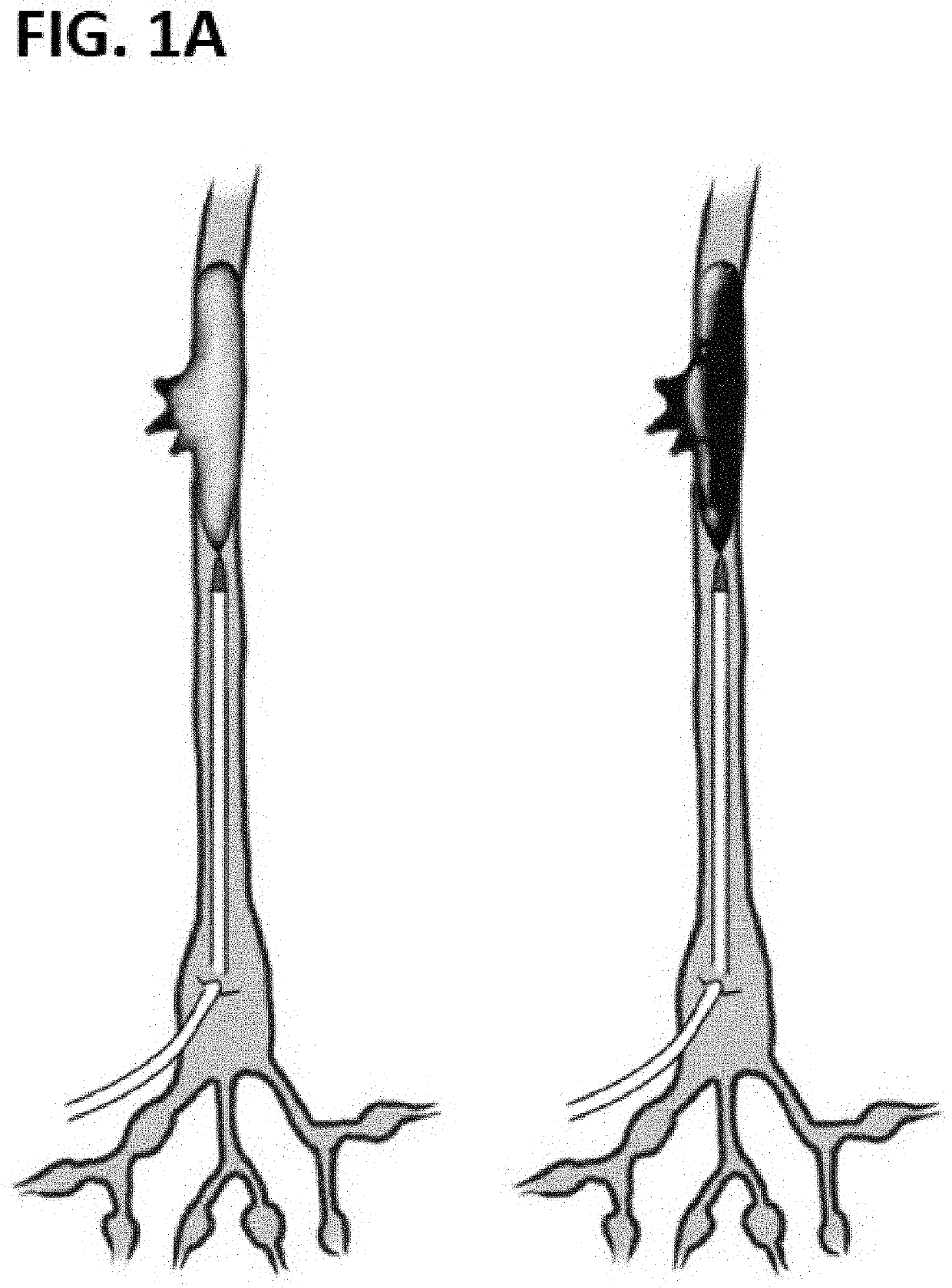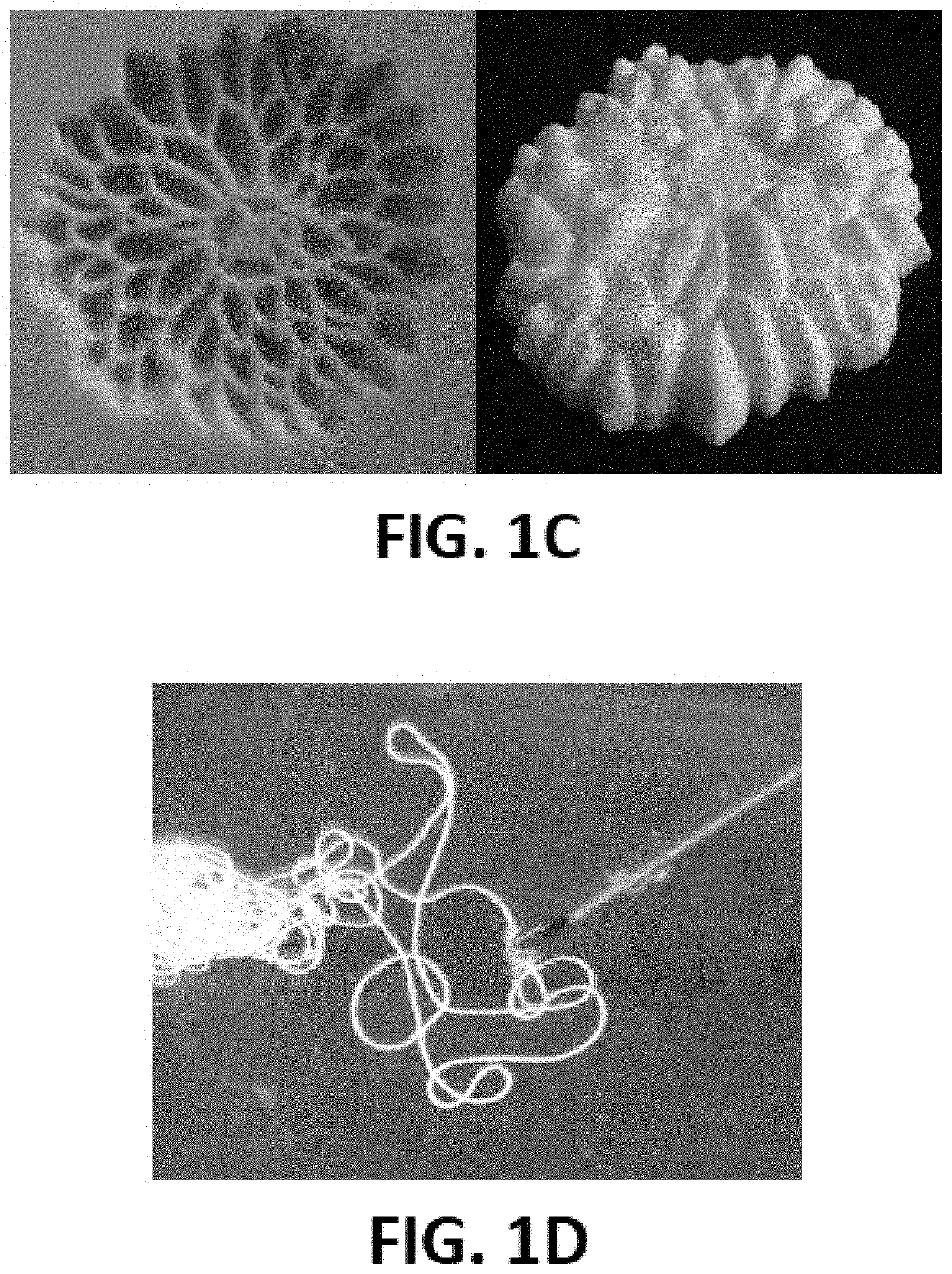Novel glue for embolization of lymphatic leakage
a lymphatic leakage and glue technology, applied in the field of new glue for lymphatic leakage embolization, can solve the problems of inadvertent damage to lymphatic channels, rare lymphatic complications, and serious injury
- Summary
- Abstract
- Description
- Claims
- Application Information
AI Technical Summary
Benefits of technology
Problems solved by technology
Method used
Image
Examples
Embodiment Construction
[0057]For the purposes of promoting an understanding of the principles of the present disclosure, reference will now be made to the embodiments illustrated in the drawings, and specific language will be used to describe the same. It will nevertheless be understood that no limitation of the scope of this disclosure is thereby intended.
Determination of Mechanical Criteria
[0058]The transition from a malleable form to solid is a universal property of embolic agents. They each accomplish this mechanical transition slightly differently, but of chief importance for all of them is a reliable transition stimulus and window. In a clinical setting, the ability to produce a consistent behavior from an occlusive agent makes the difference between a catheter glued to a vessel wall and a procedure without any adverse events.
[0059]There are many responsive materials capable of producing this reliable change in behavior, but one of the most notable is poly(n-isopropylacrylamide) (PNIPAM). It is uniq...
PUM
| Property | Measurement | Unit |
|---|---|---|
| temperature | aaaaa | aaaaa |
| pressure | aaaaa | aaaaa |
| internal diameter | aaaaa | aaaaa |
Abstract
Description
Claims
Application Information
 Login to View More
Login to View More - R&D
- Intellectual Property
- Life Sciences
- Materials
- Tech Scout
- Unparalleled Data Quality
- Higher Quality Content
- 60% Fewer Hallucinations
Browse by: Latest US Patents, China's latest patents, Technical Efficacy Thesaurus, Application Domain, Technology Topic, Popular Technical Reports.
© 2025 PatSnap. All rights reserved.Legal|Privacy policy|Modern Slavery Act Transparency Statement|Sitemap|About US| Contact US: help@patsnap.com



